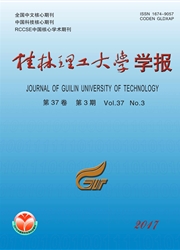

 中文摘要:
中文摘要:
以抚州市电力大厦为例,监测其地下连续墙的水平位移和沉降监测。从水平位移监测值来看,北侧的水平位移较大,D8的位移达到预警值,D5临近预警值,为此,在1层开挖位移增加值较大处(深度为4.2m)加大对部分观测点的观测频数,并加强北面的支护体系,增加角支撑,并在长边增加2根对撑。沉降变化曲线表明:地下连续墙墙顶在整个开挖过程中存在一个波浪式的抬升现象。除第V阶段开挖过程因开挖面积及土方量均较小、反应不明显外,伴随着每次挖土过程地下连续墙墙顶均有一次明显的抬升过程,在楼板的制作和养护期间,墙顶先下沉后逐渐趋于稳定,大底板浇筑后墙顶又逐渐下沉。
 英文摘要:
英文摘要:
The horizontal displacement and settlement of diaphragm walls in Fuzhou Power Mansion are monitored. The displacement of the north side is high. The displacement of No. D8 is at warning value, and No. D5 near early warning value. In order to prevent further deformation, supporting system in north side is strengthened and 2 corner braces are increased along the two longer sides. The frequency of monitoring is also increased in the place where the displacement value is higher in the 1st layer( at depth 4.2 m). The change curve of displacement shows that there is a wave-like uplifting trend in the excavation. There is obvious uplifting in excavation process except Step V because of small area and earthwork. The displacement of the top of the diaphragm is sinking at first and then be stable. When the bottom plate is casted, the top displacement of diaphragm is gradually sinking in the process of the production and floor maintenance.
 同期刊论文项目
同期刊论文项目
 同项目期刊论文
同项目期刊论文
 期刊信息
期刊信息
